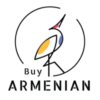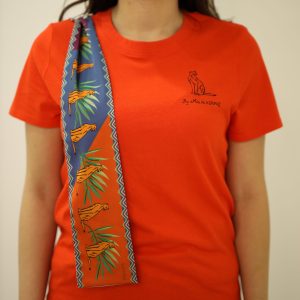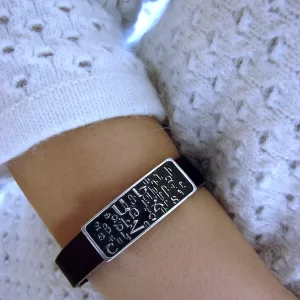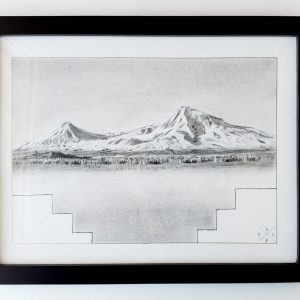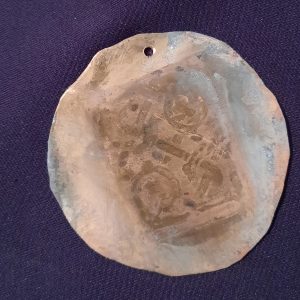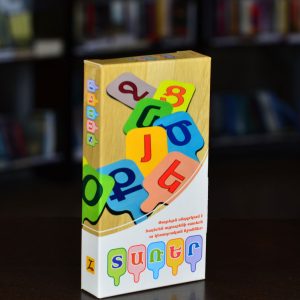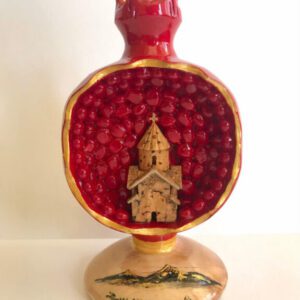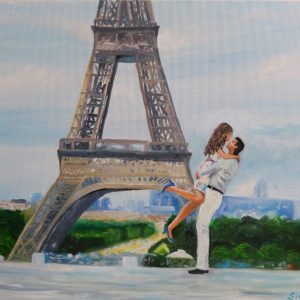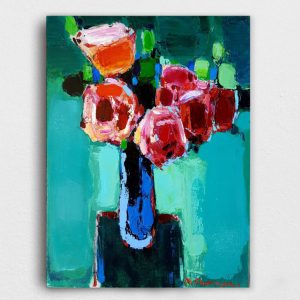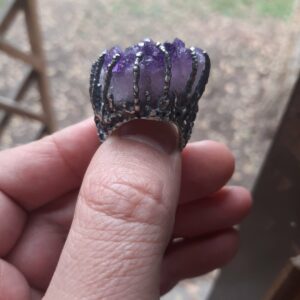-
Cotton T-Shirt With Silk Details
The new collaboration by Kerpaz and ByMia brands is all about authenticity and independence, an exciting update to an essential piece.
$35.00 -
-
Leather Bracelet for Men and Women, Sterling Silver Armenian Alphabet bar
Leather & Silver Bracelet for Men and Women, Genuine Leather and Sterling silver bar Armenian Alphabet, Cuff Bracelet Gift for him for Her
$39.00 -
“Art of Narek” | Ararat Artwork | Ararat Drawing | Armenian Art Gift
An original artwork of Mt. Ararat produced by me. Done in graphite (pencil) with a golden ink border drawn on a quality Bristol sheet, with solid wooden frame and glass.
Size: 10 x 13in.
$280.00 -
Armenian Letters
ISBN: 978-9939-68-238-9
Cover: soft
Size: 8×14.5 cm
Language: Eastern Armenian
Published: 2013$5.00Armenian Letters
$5.00 -
“Church In Pomegranate” Wooden Souvenir
Handmade wooden pomegranate with church.
$25.00 -
“Found Dream” Shopping Bag
Eco friendly shopping bag ”Urartu” Gtnvats Eraz by Dilakian Brothers. 100% cotton, made in Armenia.
30x40cm
$11.00“Found Dream” Shopping Bag
$11.00 -
“Flower Bouquet”
Painting of Flower Bouquet, Printed Floral painting of Roses, Canvas Wall Decor, Armenian Painting, Wall Art, Printed Painting
$33.00 – $36.00“Flower Bouquet”
$33.00 – $36.00 -
“Yerevan Love” Scarf
Inspired by the city of Yerevan and the love each and every Armenian feels for the city.
The history of Yerevan dates back to the 8th century BCE, with the founding of the fortress of Erebuni in 782 BCE by King Argishti I at the western extreme of the Ararat plain. Erebuni was “designed as a great administrative and religious centre, a fully royal capital.” By the late ancient Armenian Kingdom, new capital cities were established and Yerevan declined in importance. Under Iranian and Russian rule, it was the center of the Erivan Khanate from 1736 to 1828 and the Erivan Governorate from 1850 to 1917, respectively. After World War I, Yerevan became the capital of the First Republic of Armenia as thousands of survivors of the Armenian genocide in the Ottoman Empire arrived in the area. The city expanded rapidly during the 20th century as Armenia became part of the Soviet Union. In a few decades, Yerevan was transformed from a provincial town within the Russian Empire to Armenia’s principal cultural, artistic, and industrial center, as well as becoming the seat of national government.
With the growth of the Armenian economy, Yerevan has undergone major transformation. Much construction has been done throughout the city since the early 2000s, and retail outlets such as restaurants, shops, and street cafés, which were rare during Soviet times, have multiplied. As of 2011, the population of Yerevan was 1,060,138, just over 35% of Armenia’s total population. According to the official estimate of 2016, the current population of the city is 1,073,700. Yerevan was named the 2012 World Book Capital by UNESCO.[28] Yerevan is an associate member of Eurocities.$110.00 -
